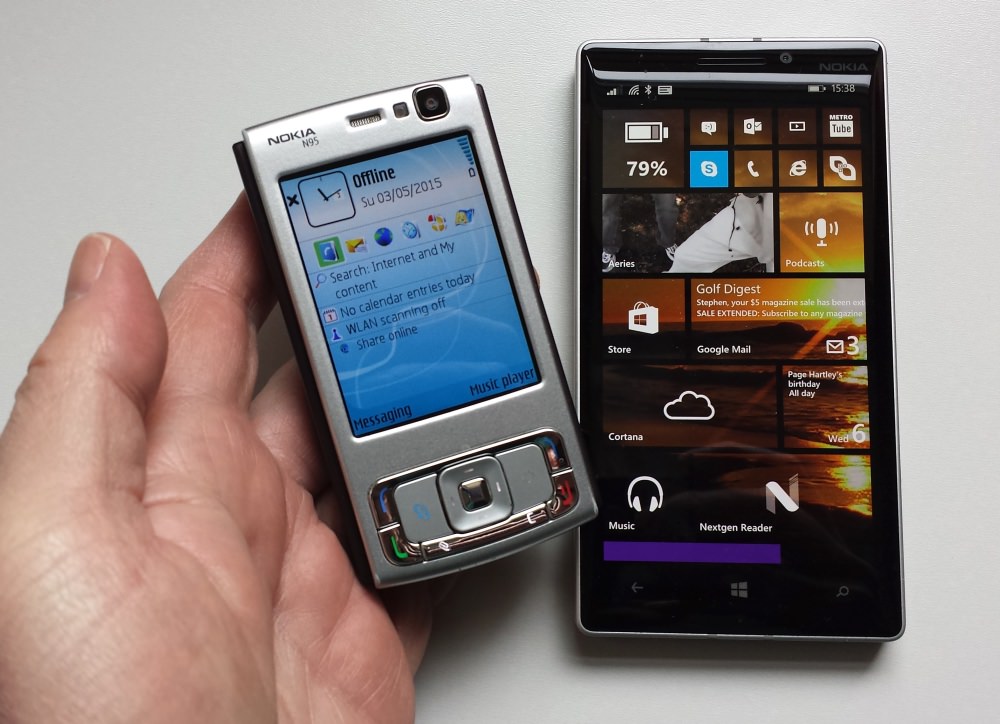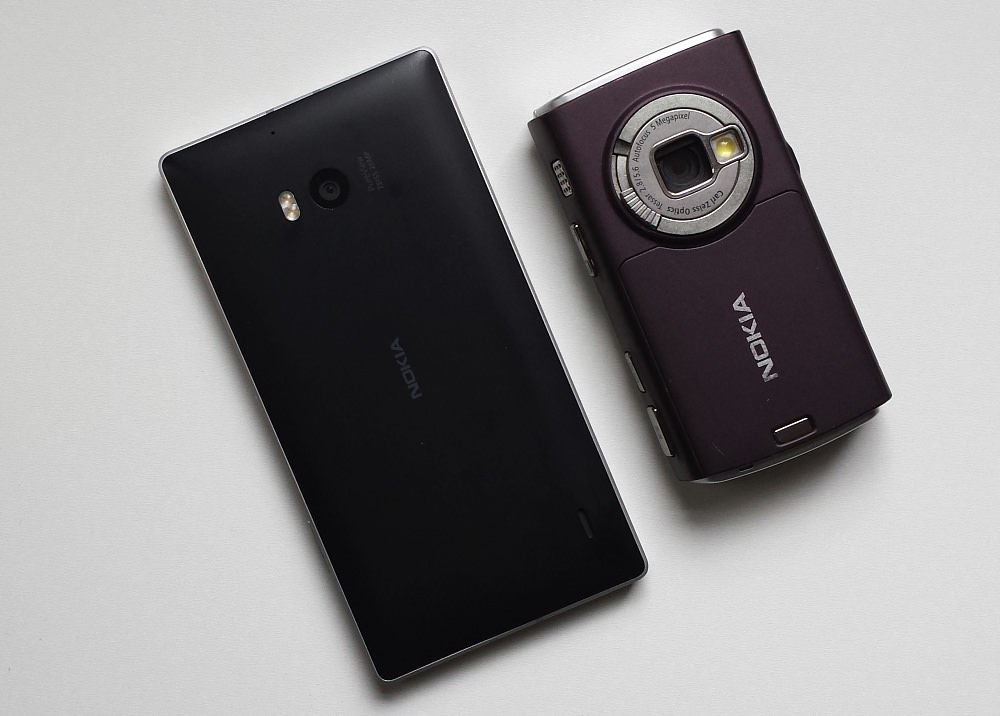
So yes, consider this article something of a curiosity, but a reminder of where we've come from is always a good idea, putting today's smartphone camera tech into perspective. And note that this is in no way a criticism of the Nokia N95 - in good light its photos are still usable, even by 2015 standards. Given that the sensor size (1/2.5") and output resolutions (5MP) are identical, I thought the Lumia 930 would be the best device camera to put up against the groundbreaking N95.
The main improvements over the last eight years have been:
- sensor sensitivity (including Back side illumination), meaning that more light gets captured and analysed
- better optics, more elements, higher quality glass, larger aperture
- optical image stabilisation, especially noticeable in anything other than good light
- oversampling, the use of higher native resolution on the sensor to combine outputs into lower noise output pixels
- far faster image processing, so faster camera startup, faster focussing, faster capture, faster display
- better image processing algorithms, i.e. making higher quality JPGs from the raw data coming from the sensor
Six separate factors then, all playing a big part. The crops below are all at 1:1 as usual. I've deliberately put in an emphasis on tricky subjects or conditions, to push the camera phones to the limit.
| Note that the interactive comparator below uses javascript and does need to load each pair of images. Please be patient while this page loads, if you see a pair of images above each other than you've either not waited long enough or your browser isn't capable enough! |
Test 1: Landscape, sunny, HDR allowed
Out for a nice walk among the woodland bluebells, Rich Capture was allowed on the 930 - just because I thought it might help. There's no HDR option on the older N95, of course. Here's the overall scene, for context:
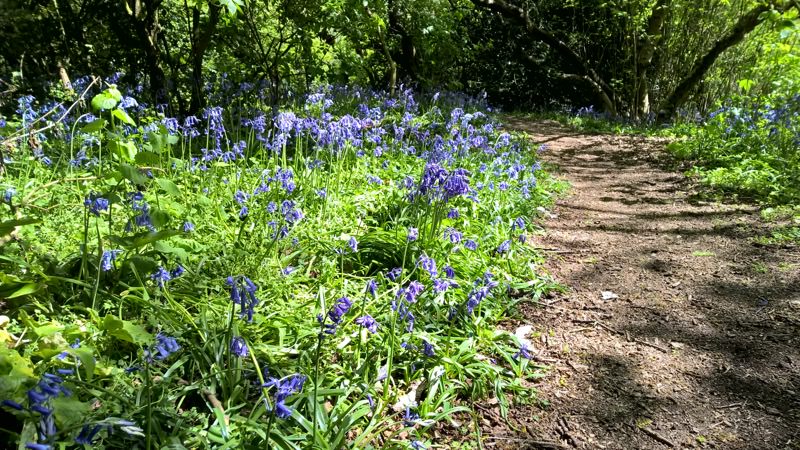
In case you want to grab the original images to do your own analysis, here they are, from the Lumia 930 and Nokia N95, click the links to download. And here are detailed 1:1 crops, just wait to make sure the page has fully loaded and then use your mouse or trackpad pointer to compare the images:


Despite the Rich Capture HDR, the 930 shot still has small portions where the reflected sun is 'blown out', but the overall photo is still much more satisfying tham the N95's, with over-neutral colours, more artefacts and less detail. Of course, the N95's competition at the time was still making do with 1MP (and worse) camera units, so it's all relative!
Test 2: Sunny, no HDR allowed
A good test of image processing, with some signage to look at (the human eyes and brain are good at discerning the quality of text). Here's the overall scene, for context:

In case you want to grab the original images to do your own analysis, here they are, from the Lumia 930 and Nokia N95, click the links to download. And here are detailed 1:1 crops, just wait to make sure the page has fully loaded and then use your mouse or trackpad pointer to compare the images:


Although the colours aren't that different, the big takeaway here is the improvement in precision over the years, with the newer optics and better sensor producing better, clearer, crisper detail. And yes, probably help from the better GPU doing more processing with similar levels of sensor data.
Test 3: Landscape, Light contrasts, HDR allowed
One of my standard test shots because of the clock detail at the centre and because of the frequent variations in light. Here's the overall scene, for context:
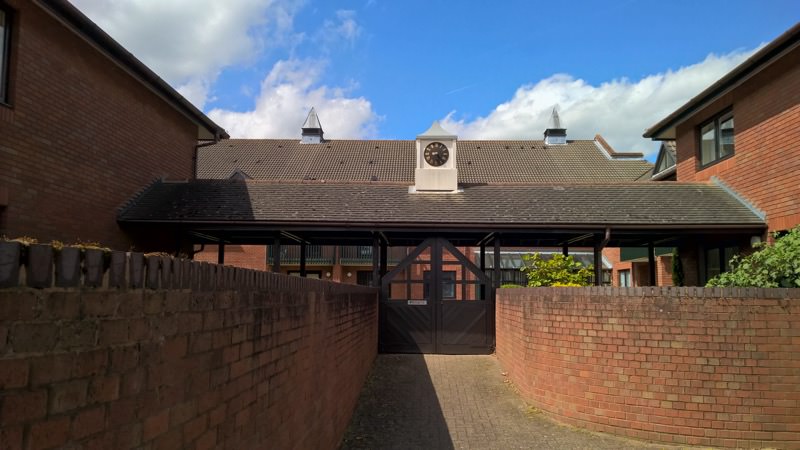
In case you want to grab the original images to do your own analysis, here they are, from the Lumia 930 and Nokia N95, click the links to download. And here are detailed 1:1 crops, just wait to make sure the page has fully loaded and then use your mouse or trackpad pointer to compare the images:

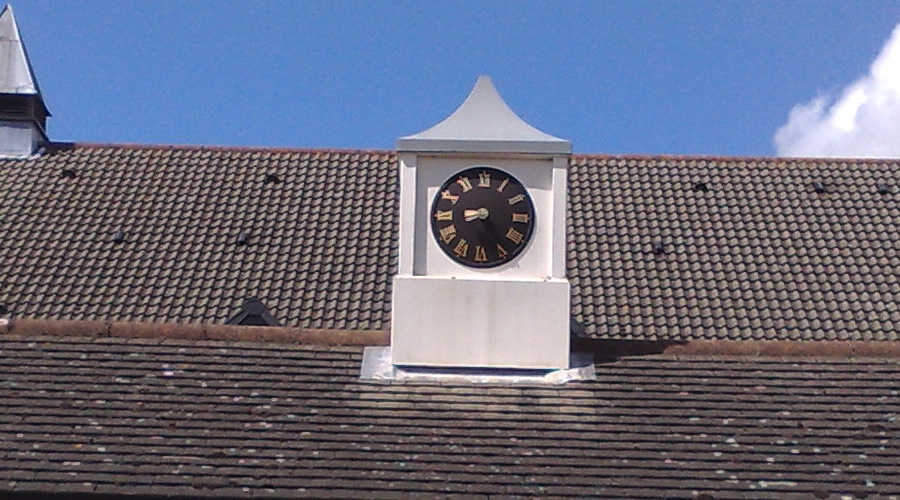
This is a great demo of not only how well the HDR works in the Lumia 930 (grab the full images to see) but also how much crisper the detail captured is (again, remember that both the photos were at the same nominal resolution) - look at the consistent fine detail on the roof and on the clock face above.
Test 4a: Low light, flash allowed
Another standard test shot, typical indoor lighting, LED fill in flash allowed. Here's the overall scene, for context:
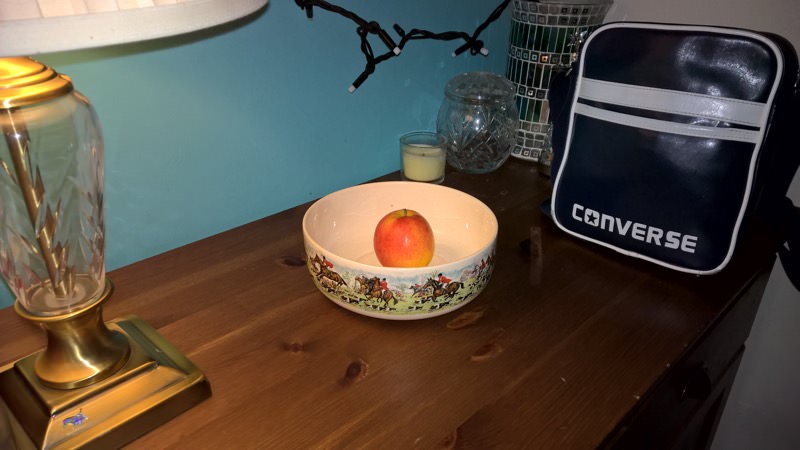
In case you want to grab the original images to do your own analysis, here they are, from the Lumia 930 and Nokia N95, click the links to download. And here are detailed 1:1 crops, just wait to make sure the page has fully loaded and then use your mouse or trackpad pointer to compare the images:
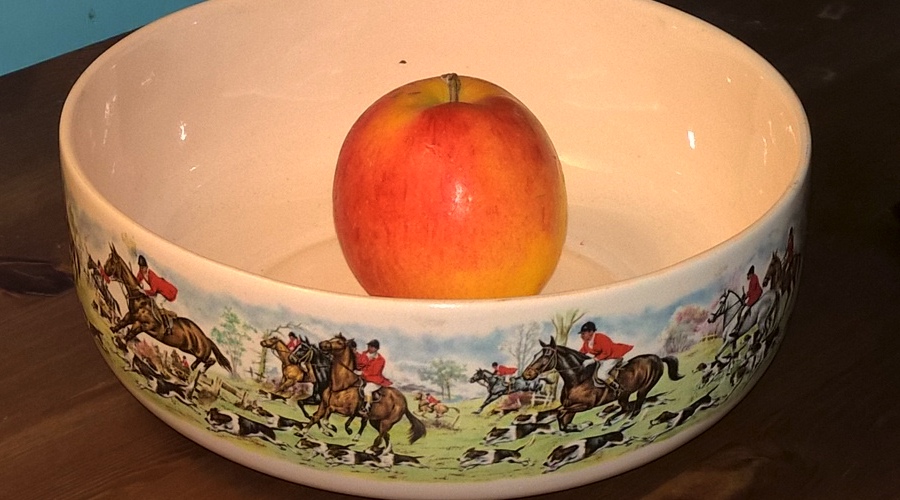
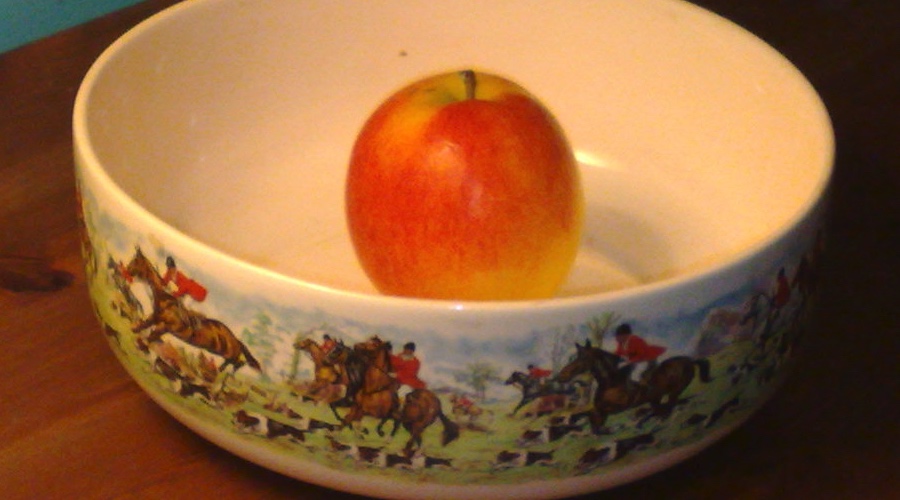
Things get more dramatically different as the light level goes down. Here the lack of precision in the N95 photo is partly down to inevitable movement while taking the shot (no OIS) and partly the more primitive optics and sensor, yet again.
Test 4b: Low light, flash and zoom both allowed
The same overall scene as above, but this time I allowed the Lumia 930 to use its PureView 'lossless' zoom (into the raw resolution of the sensor):
In case you want to grab the original images to do your own analysis, here they are, from the Lumia 930 and Nokia N95, click the links to download. And here are detailed 1:1 crops, just wait to make sure the page has fully loaded and then use your mouse or trackpad pointer to compare the images:
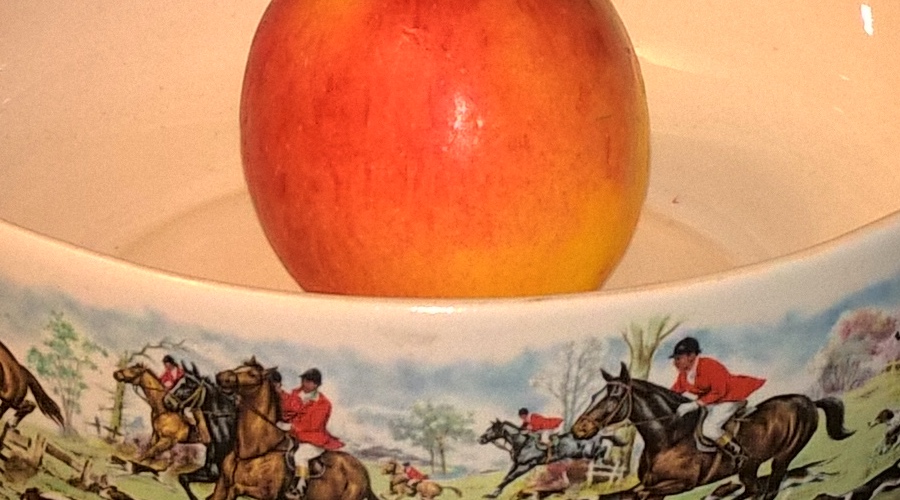

The difference eight years makes is demonstrably staggering. Again I'd emphasise that the N95's photos were considered cutting edge (for a phone camera) in 2007!
Test 5: Night, absolute light gathering
An ultimate test of how much light is gathered and processed. To my eyes, the scene wasn't quite as dark as portayed immediately below, but it was certainly late-dusk. Here's the overall scene, for context:
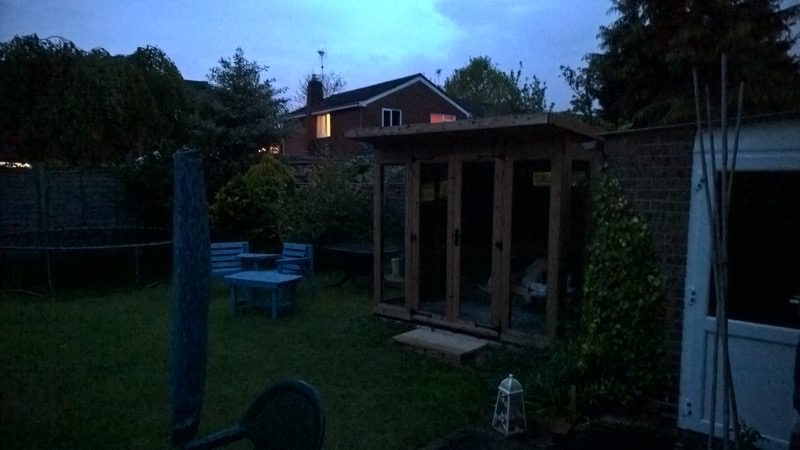
In case you want to grab the original images to do your own analysis, here they are, from the Lumia 930 and Nokia N95, click the links to download. And here are detailed 1:1 crops, just wait to make sure the page has fully loaded and then use your mouse or trackpad pointer to compare the images:

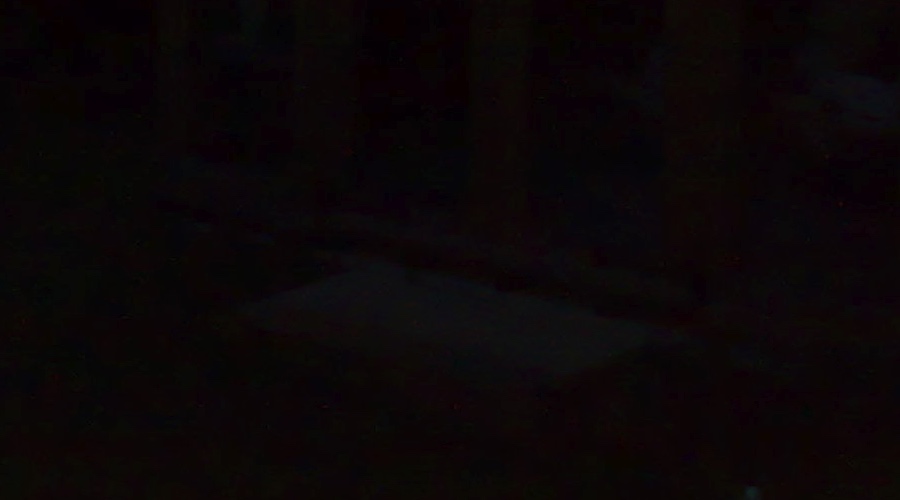
Oh dear. No, your eyes don't deceive you - the N95 failed to gather very much light at all under such dark conditions (just a little detail in the sky, if you grab the original JPGs). The N95 did have a 'night' mode, for use on a tripod, but this is a test handheld, so everything was on 'Auto'. The Lumia 930's photo looks pretty bad at the pixel level, but the OIS has still kept the shot blur free and a significant amount of light has been gathered from detail on the side of the summerhouse.
Verdict
Again, I have to emphasise that I'm not being nasty or unfair to the 2007 Nokia N95 camera here - it was what it was - and very good for the era. But we've come a long, long way. In fact, I'd say that we've come just as far from the N95 to the Lumia 930 (despite the 5MP resolution being the same) as from first smartphone camera (the VGA, 0.3MP unit in the Nokia 7650) to the N95 itself.
It's called 'progress' for a reason, you know....!
